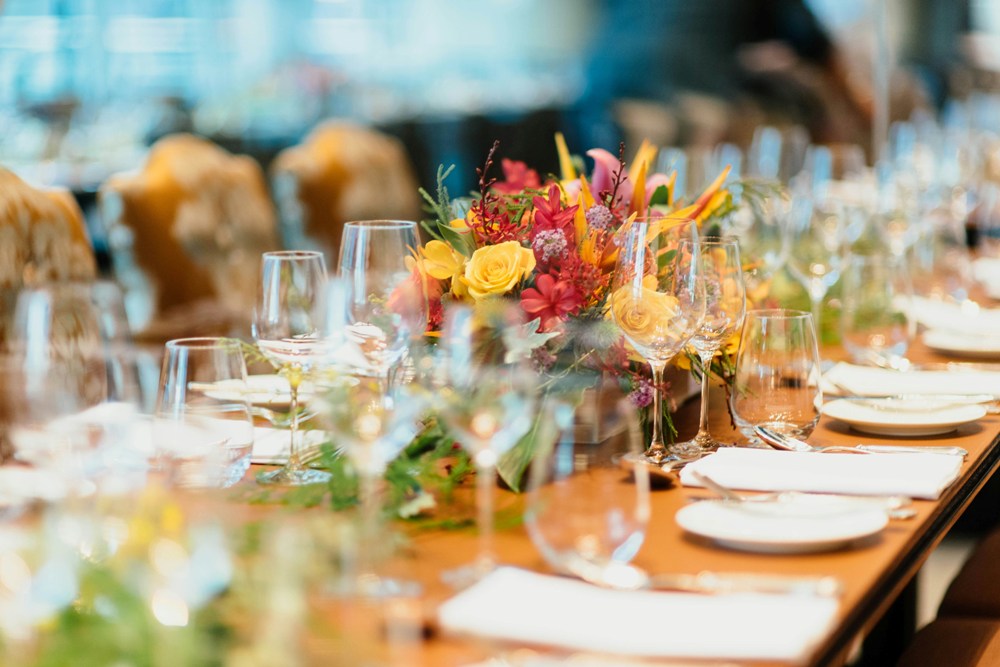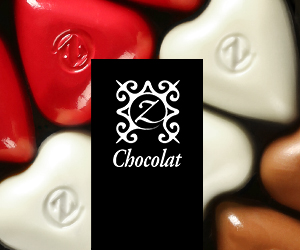
Formal dining settings often evoke a sense of anticipation mixed with uncertainty, especially when navigating unfamiliar table arrangements and social expectations. The elegance of a multi-course meal, complete with intricate place settings and an array of glassware, can feel overwhelming without a clear understanding of the basic principles involved. Learning the subtle cues of etiquette, from the correct use of utensils to reading the rhythm of conversation, empowers guests to engage with confidence and grace. Familiarity with these customs not only enhances the dining experience but also reflects a polished social awareness that elevates any occasion.
Understanding Utensil Placement and Use
At the heart of formal dining etiquette lies the arrangement of utensils, which follows a logical sequence designed to guide diners through multiple courses. Typically, utensils are set in the order they will be used, starting from the outermost pieces and working inward. Forks are generally placed to the left of the plate, knives and spoons to the right, with the blade of the knife facing inward for safety and aesthetic balance. Salad forks and soup spoons are positioned further from the plate, indicating their use in earlier courses. Knowing this order allows for intuitive utensil selection without confusion. Additionally, resting utensils diagonally on the plate signals to servers whether the diner is pausing or has finished eating, a nonverbal language that helps maintain flow and respect throughout the meal.
Decoding Glassware and Beverage Etiquette
Glassware at a formal table can range from a simple wine glass to an array of delicate vessels tailored for different drinks, each placed carefully above the knives. Understanding the purpose of each glass is essential for maintaining poise. Water glasses tend to be the largest, positioned nearest the diner, while red and white wine glasses vary in shape to complement the specific qualities of the wine they hold. Champagne flutes and sometimes a sherry glass complete the ensemble for more elaborate menus. Guests should follow the lead of the host regarding when to raise a glass, taking care to avoid clinking glasses too vigorously, which can disrupt the table's refined atmosphere. Mastery of these details reflects attentiveness and respect for tradition.
Reading Conversation Flow and Social Cues
Beyond physical table manners, formal dining is a social dance of conversation and subtle cues. Paying attention to pacing is crucial since meals are typically leisurely, allowing for thoughtful exchanges between courses. Guests should be mindful to engage evenly with those around the table, avoiding monopolizing discussions or withdrawing completely. Eye contact, nods, and polite gestures communicate interest and attentiveness without interrupting the flow. When a course is finished, placing the napkin gently on the chair signals readiness to move on. Understanding when to speak and when to listen ensures a smooth social experience and reflects well on the diner's grace under pressure.
Managing Place Settings Beyond the Basics
Formal settings often feature additional elements such as bread plates, butter knives, and dessert utensils, each with its designated position and function. Bread plates are usually placed above the forks, with a small butter knife resting horizontally. Desserts may arrive with their own fork or spoon, often placed at the top of the setting or brought in with the course. While these extra pieces may seem intimidating, recognizing their role and placement simplifies interaction. Handling these items with the same care and etiquette as the primary utensils conveys a refined understanding of dining protocol.
Mastering Napkin Etiquette and Personal Space
The napkin, often overlooked, holds significant importance in formal dining. Upon seating, the napkin should be unfolded discreetly and placed on the lap. It serves both practical and symbolic roles, helping maintain cleanliness while signaling respect for the setting. If a diner needs to leave temporarily, placing the napkin neatly on the chair indicates intent to return. At the meal's conclusion, the napkin is folded loosely and placed to the left of the plate. Throughout the meal, personal space is respected by limiting arm movements and passing items courteously. Such attentiveness enhances the collective comfort and sophistication of the event.
Approaching formal dining with knowledge of utensil use, glassware distinctions, and social etiquette transforms potential anxiety into assurance. These guidelines, rooted in tradition but accessible to anyone willing to learn, elevate participation in formal occasions from uncertain to elegant. Practicing these skills reveals not only respect for custom but also an appreciation for the rich social experience that accompanies refined dining. With preparation and mindfulness, anyone can navigate these settings with poise and confidence, leaving a lasting impression of grace and sophistication.
EDITORIAL POLICY
The Flash List is dedicated to providing trustworthy editorial content by maintaining strict ethical standards, journalistic integrity, and credible professionalism regardless of any remuneration as working media. The Flash List is not affiliated with third-party companies mentioned and makes no endorsement or guarantee expressed or implied. The preceding article, which contains affiliated link(s) for which compensation was received, is intended for informational reference only and does not constitute advice of any kind. Moreover, a qualified professional should be consulted regarding any lifestyle consideration, medical treatment, or monetary transaction, etc. Content is published in accordance with USFTC regulations and terms and conditions.
MORE ON THE FLASH LIST
































